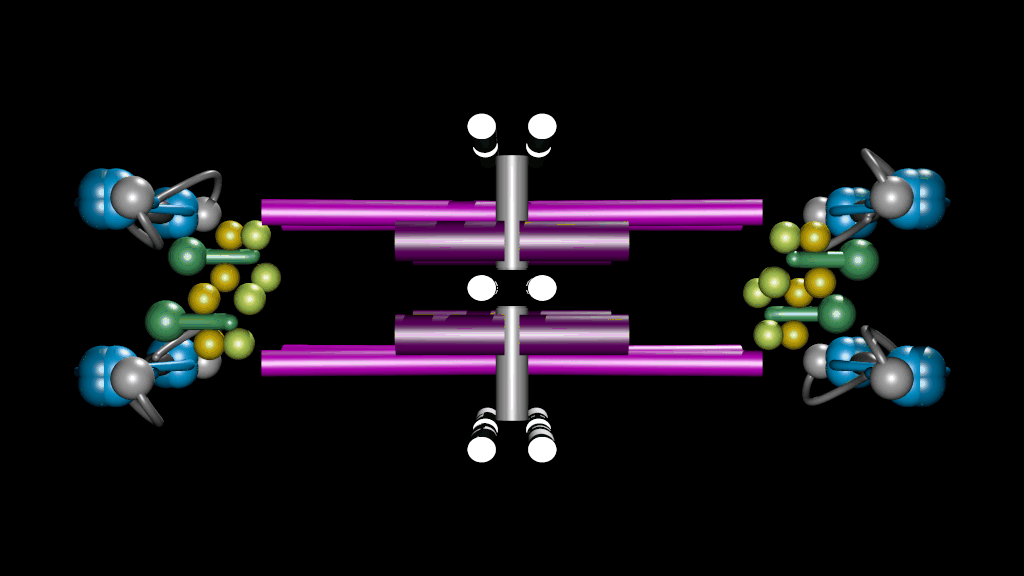The Role of RNA and Histone Modifications in Gene Silencing
We are interested in characterizing and understanding the processes regulating transcriptional repression and heterochromatin formation. Using a combination of cryo-electron microscopy (cryo-EM), mass spectrometry and biochemistry, we are looking at how RNA and various histone post translational modifications interact and regulate the activity of gene silencing enzymes. In parallel, we are also visualizing the in situ chromosome architecture and higher order chromatin structures using a combination of cryo-focused ion beam milling (cryo-FIB) and cryo-electron tomography (cryo-ET).
Vignesh was awarded the Pew Biomedical Scholars grant! See more here
Welcome Keagan, Noah, and Carolina! Our newest graduate students!
Congratulations to our undergraduate researcher, Malavika on graduating!
We hosted AIMS/ECA students for a visit and presented our paths in science!
Our lab was awarded the NIH MIRA and NSF grants, totaling $2.25 million!
How do chromatin modifier complexes facilitate heterochromatin formation?
How do homologous chromosomes recognize and pair with each other?
Image Credit: Abby Dernberg Lab, UC Berkeley


